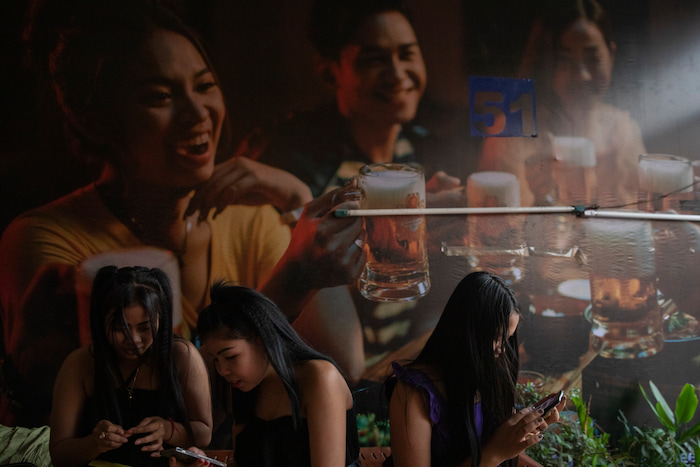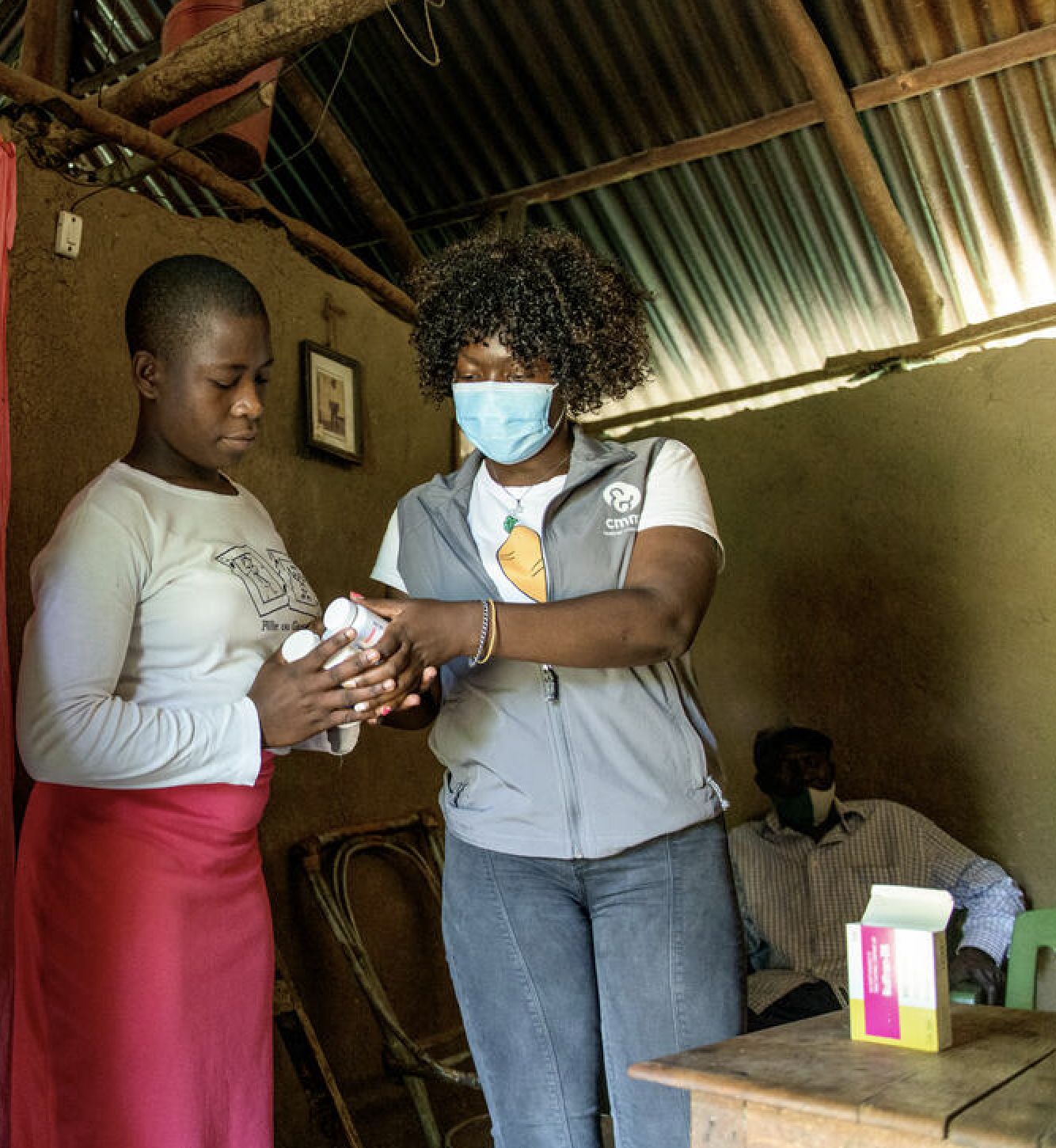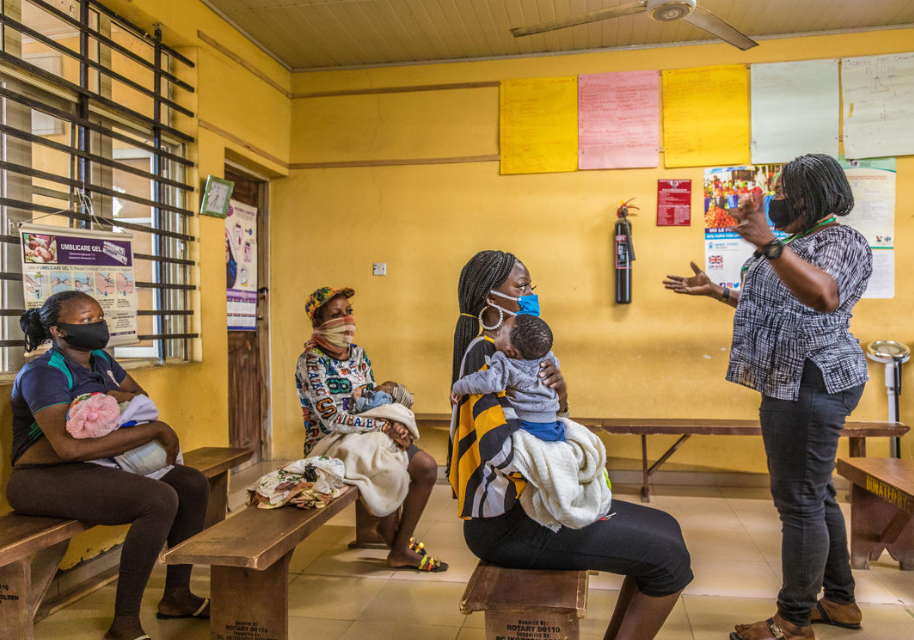In Cambodia, with support from L’Initiative, KHANA successfully piloted a community-based antiretroviral treatment distribution system. Dedicated to combating HIV/AIDS, KHANA provides prevention and support services at the community level.
On June 10th and 11th, L’Initiative is hosting regional meetings in Bangkok to engage partners in discussions related to the issues regarding pandemics, in Southeast Asia, and to foster synergies among key stakeholders in the region.
Choub Sok Chamreun is the Executive Director of Khmer HIV/AIDS NGO Alliance (KHANA). He has more than 25 years of experience in the prevention, care, support and treatment of tuberculosis and HIV/Aids patients through community mobilization and strengthening. At the international meeting on health and pandemics in South-East Asia, he will share the experience acquired through a recent project support by L’Initiative in 2019-2022, on a community-based model for delivery of Antiretroviral Therapy in Cambodia
Choub Sok Chamreun
Executive Director of Khmer HIV/AIDS NGO Alliance (KHANA) in Cambodia
What was the aim of the project supported by L’Initiative in 2019-2022?
We tested a new community-based system to deliver anti-retroviral therapy through communities. We formed groups of 20 to 25 people, and asked them to identify one “leader” who would be in charge of going to the local health facility to receive the treatment for the whole group.
The first advantage was that it saved on time and travelling costs: the whole group did not have to take the time and spend money to go to the facility to renew the medication supply.
Were there other advantages for patients, apart from time and money?
It was not only about delivering the treatment. Patients formed a sort of support group, where they could talk to each other, share their experience and support each other. The ones who have lived with the treatment for many years could advise the newcomers. Sometimes, mutual support went beyond their medical situation: they asked for a loan together to start a common project, for example. This system not only makes sense in terms of logistics, it also builds social capital and it empowers people as communities.
What did authorities and health facilities think about it?
Many health facilities were interested, because it reduced their workload: they had the same regular intermediary, and they just had to package medication for 20 people instead of having to see each individual. Some facilities, on the other hand, considered they lost income by not being able to charge 20 separate consultations.
There is another upshot for health governance: through group leaders, facilities gained a better understanding of the community they represent, and they can convey messages more easily, for example on prevention or new medication. Leaders were also in the best place to send feedback and data to regional and national authorities.
What is the point of relying on community “leaders”?
Leaders act as an important intermediary between communities and authorities. They know their community; they understand their needs and they are in the best place to support them. Many people in rural areas have a hard time communicating with doctors and facilities: they don’t speak the same language; they don’t have the right attitude or knowledge. Leaders fill this gap. Patients and their community feel more confident in asking them questions, or trusting them with information, than with the authorities. They know they are like them, living in the community with HIV, but that they have extra knowledge and information.
They are pivotal to the project: this is why the project included a major capacity-building aspect, to train them to best support their group, to understand the medical aspects, on treatments, prevention, vaccinations when applicable, and pass them on to the communities.
Now that the project has ended, do you plan to keep working on this system?
We noted that many communities liked it so well that they found ways to keep it going after 2022: they found solutions to pay a small salary to their leader so that (s)he could continue his/her mission. It is proof that the system works; of course, it is fragile on the long run, as we don’t know how long people who can often barely support themselves will be able to afford the expense. It would be best to find long-term national or international funding. This is why we are advocating for the national health system to adopt the model and scale it up to other patient communities. We are currently partnering with other projects, and applying for other grants, to extend this approach to other patient communities, and to better include LBGTQ+ people.
In your experience, what is needed for such a community-based model to work?
First, you need to find the right person as a leader, the person who will mobilize the community and create the right relations with the health facility. Second, this person needs training and support to do her job right; and third, you need the financial resources to keep the project running. In a country like Cambodia, you can’t expect people to volunteer, like people do in developed countries because they have time and resources to spare. People get more from the project than just a salary: they grow as a person, they gain new skills, and the community benefits from such skills as teachers, as focal points for prevention, as informants.
In turn, communities get stronger, and that’s where you find new leaders: it’s a virtuous circle. Communities need to be placed at the core of health systems, because health policies should be designed for the people… by the people. Health systems should belong to them. This is why we need to bridge the communication gap between communities, policy makers and service providers: we need to get them to sit at the same table and find solutions together.











